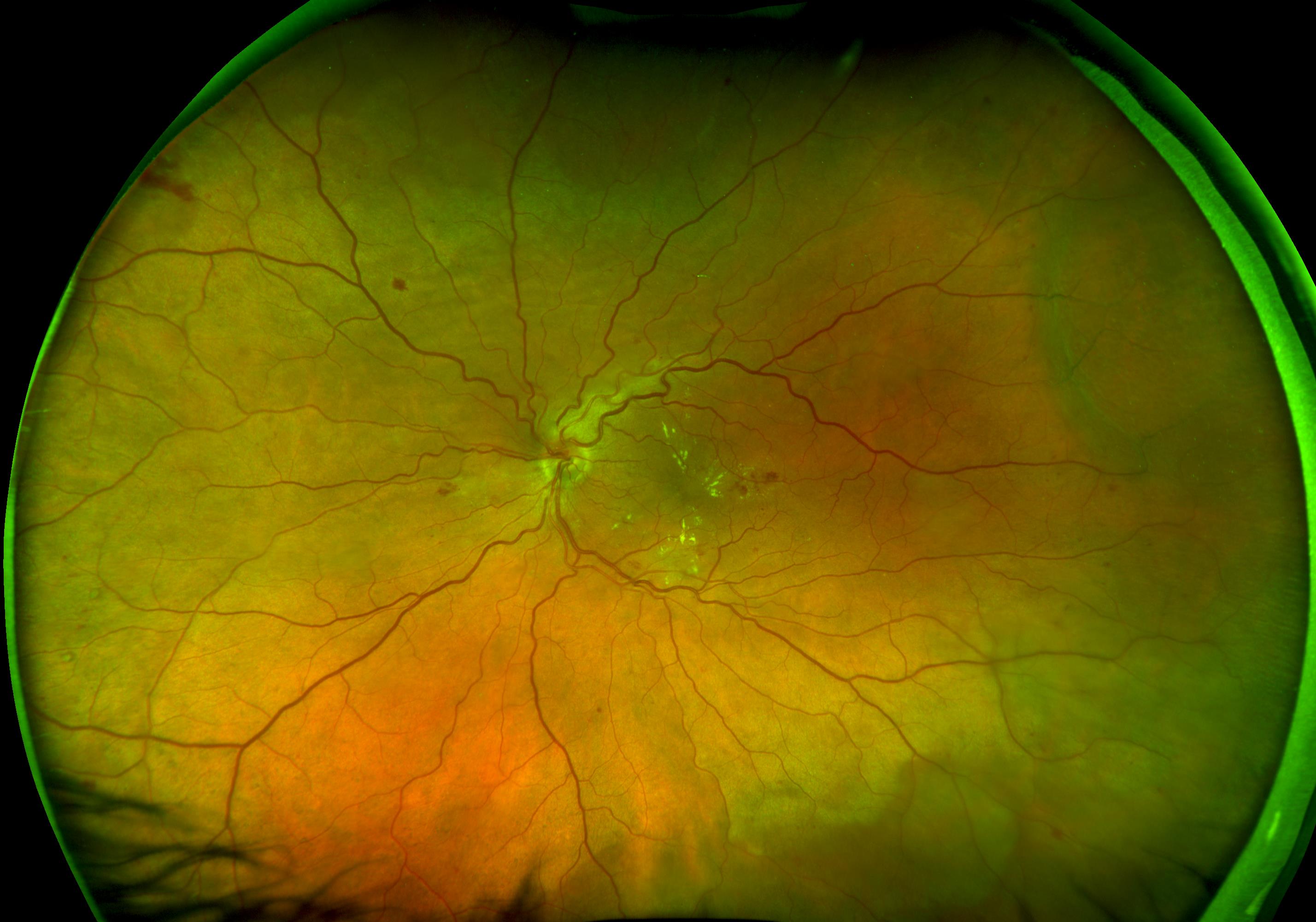February is recognized as Low Vision Awareness Month. During this time, we all have the opportunity to raise awareness about visual impairment and rehabilitation for those who are living with low vision.
What is Low Vision?
Low vision is the term used to describe significant visual impairment that can’t be corrected fully with glasses, contact lenses, medication, or eye surgery, it includes:
- Loss of best-corrected visual acuity to worse than 20/70 in the better eye.
- Significant visual field loss. Tunnel vision (lack of vision in the periphery) and blind spots are examples of visual field loss.
- Legal blindness. In the United States, legal blindness typically is defined as visual acuity of 20/200 or worse (in the better eye, with the best possible vision correction in place) or a field of view (visual field) that is constricted to 20 degrees or less.
There are several ways to define blindness. Many people regard blindness as the inability to see at all or, at best, to discern light from darkness. The National Federation of the Blind takes a much broader view.
The United States Bureau of the Census question about “significant vision loss” encompasses both total or near-total blindness and “trouble seeing, even when wearing glasses or contact lenses.”
Visual Acuity is the clarity or sharpness of vision. The following are the definitions of visual acuity, according to the World Health Organization. These ratings are for vision in the better eye with the best possible prescription corrective lens:
- 20/30 to 20/60: Mild vision loss, but near-normal vision
- 20/70 to 20/160: Moderate low vision
- 20/200 to 20/400: Severe low vision
- 20/500 to 20/1,000: Profound visual impairment
- Less than 20/1,000: Near-total blindness
- No light perception whatsoever: Total blindness
What Causes Low Vision?
Many eye diseases and conditions can cause low vision, such as:
- Cataracts
- Macular degeneration
- Diabetic retinopathy
- Glaucoma
- Retinitis pigmentosa
- Heredity and eye injuries

|

(non-proliferative Diabetic Retinopathy) |
Depending on the cause of low vision, there may be medications or surgical alternatives that can help slow disease progression in order to assist in providing as much vision, for as long as possible. Those who think they may have a vision impairment that interferes with their ability to perform everyday activities should see an eye care professional for a comprehensive eye exam. If your eyecare professional finds that you have vision loss that cannot be corrected adequately with standard eyewear, medical treatment or surgery, they can assist you with your next steps.
To find a provider who uses optomap technology in order to assist their patients in detecting and managing low vision, please visit our website.